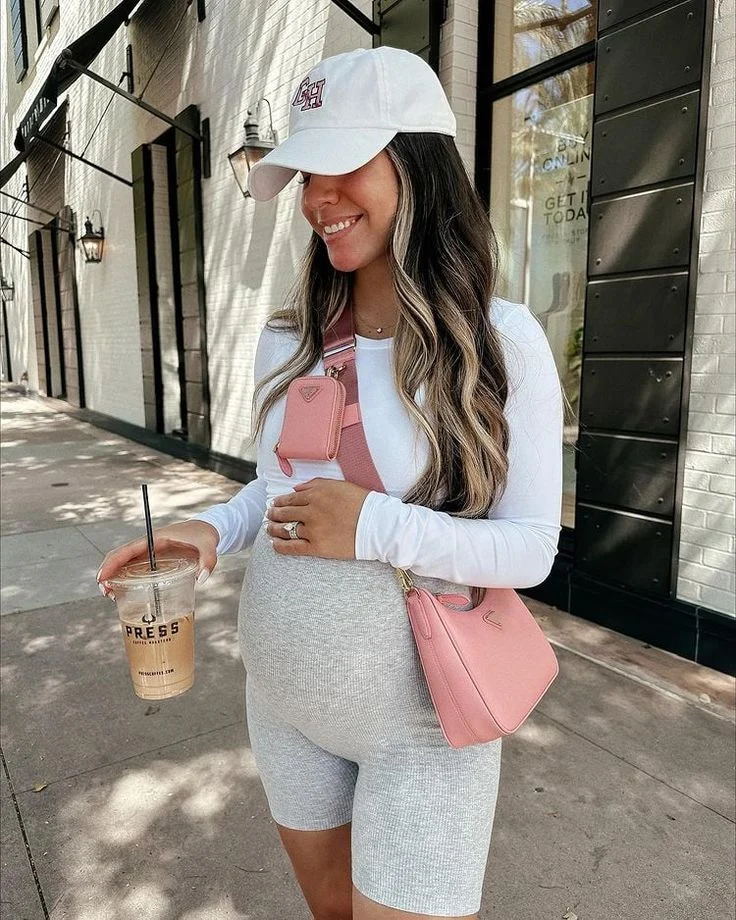As women, we often encounter mixed messages regarding breastfeeding and its relationship with breast cancer. Many believe that breastfeeding guarantees immunity against breast cancer, but while it can indeed reduce your risk, it does not eliminate it. Statistically, one in eight women will face a breast cancer diagnosis in their lifetime. Before my own encounter with this disease, I was unaware of anyone in my circle who had been affected. Since my diagnosis, however, several friends have faced similar challenges, with two discovering lumps that fortunately turned out to be benign.
This message is particularly aimed at mothers who are either breastfeeding or weaning. If you detect a lump that you suspect might be a clogged duct, and it hasn’t changed after two weeks, please consult your doctor. If the lump increases in size, don’t hesitate to seek medical advice. If your doctor dismisses the need for a mammogram, insist on an ultrasound. These steps could prove vital to your health.
In September 2015, at the age of 36, I welcomed my daughter into the world. She’s now a lively 18-month-old, and her arrival was a delightful surprise after a history of miscarriages and complications that had led me to believe motherhood wasn’t in my future. Prior to her birth, I committed to breastfeeding for a full year; however, I had to stop short at 11 months due to a significant drop in my milk supply. I would pump for over an hour on each side, often only managing to collect a mere two ounces.
Around this time, I noticed a lump in my breast. Initially, I attributed it to a clogged duct and attempted to massage it away. Having dealt with clogged ducts before, I thought I could resolve it. After three weeks of persistence, I realized the lump hadn’t changed. When I called my doctor’s office, the nurse advised me to continue with massage and check back after three days. After waiting over a week, I finally returned to the office and was scheduled for both a mammogram and an ultrasound.
The following week, I underwent both tests, and just four hours later, I received the call that would change my life. They needed to perform a biopsy, and I knew in my heart that it was likely cancer. The mass turned out to be around 1.8 inches—far from small.
During that anxious week waiting for results, a friend introduced me to a breast cancer survivor. At such a critical time, I sought someone who could truly relate to my fears and uncertainties. Even the strongest individuals need support, and having someone who has navigated a similar path was invaluable. To this day, we remain in touch.
When the results came in on October 6, my worst fears were confirmed: I had an aggressive form of breast cancer—specifically, invasive ductal carcinoma, stage 2b with a grade 3 tumor. The grading system ranges from 1 to 3, and a higher grade indicates faster growth. My oncologist informed me that my tumor had likely developed within a mere six weeks, growing rapidly in that short span.
This experience has reinforced my message to mothers: please be diligent about breast health. While all women should monitor their breasts, breastfeeding mothers may mistakenly dismiss lumps as clogged ducts. If something doesn’t feel right or if the lump persists beyond two weeks, please seek medical evaluation. The outdated belief that pain equates to non-cancerous conditions is simply not true.
While facing cancer is undoubtedly challenging, focusing on the positives and choosing to fight is essential. I’ve recently completed chemotherapy and am preparing for surgery and radiation. A mastectomy of the affected breast is next, followed by radiation, another mastectomy, and ultimately, reconstruction. Each day, I’m grateful for my life and the unwavering support of family and friends.
For more insights on this topic, check out this informative post on Cervical Insemination. Also, if you’re considering at-home insemination options, Make a Mom is a reputable source for at-home insemination syringe kits. To learn more about pregnancy and related topics, visit NICHD.
Summary:
This article highlights the misconceptions surrounding breastfeeding and breast cancer, emphasizing the importance of self-examination and seeking medical advice when necessary. It recounts a personal journey through breast cancer diagnosis and treatment, urging mothers to take their breast health seriously.
